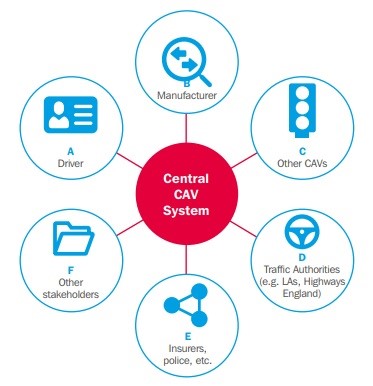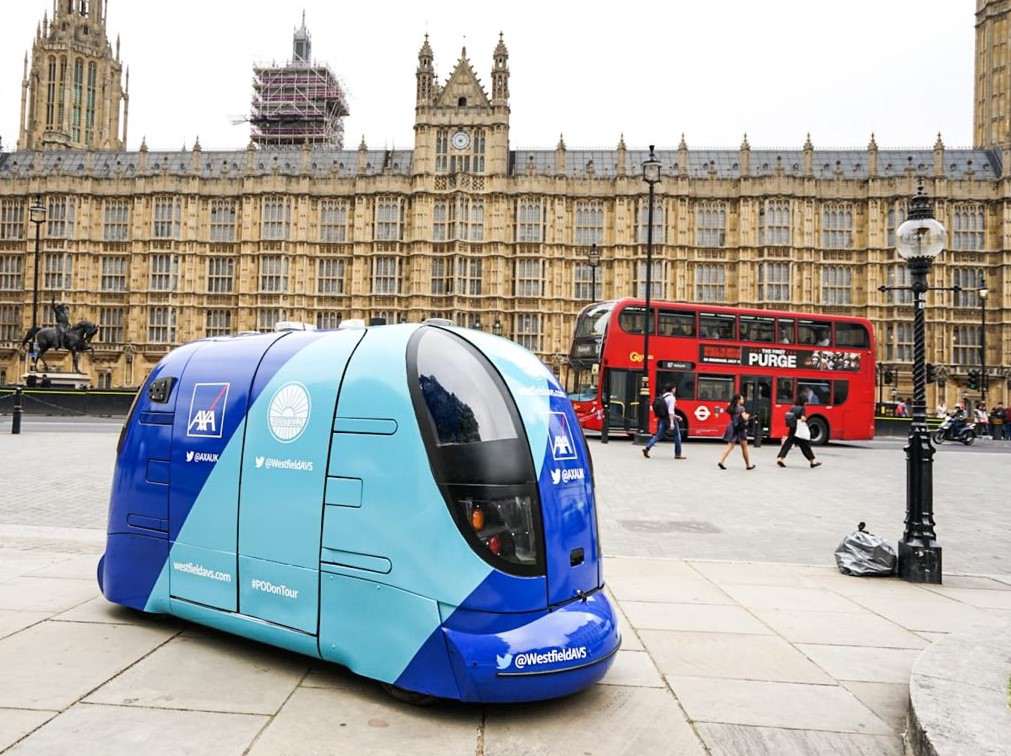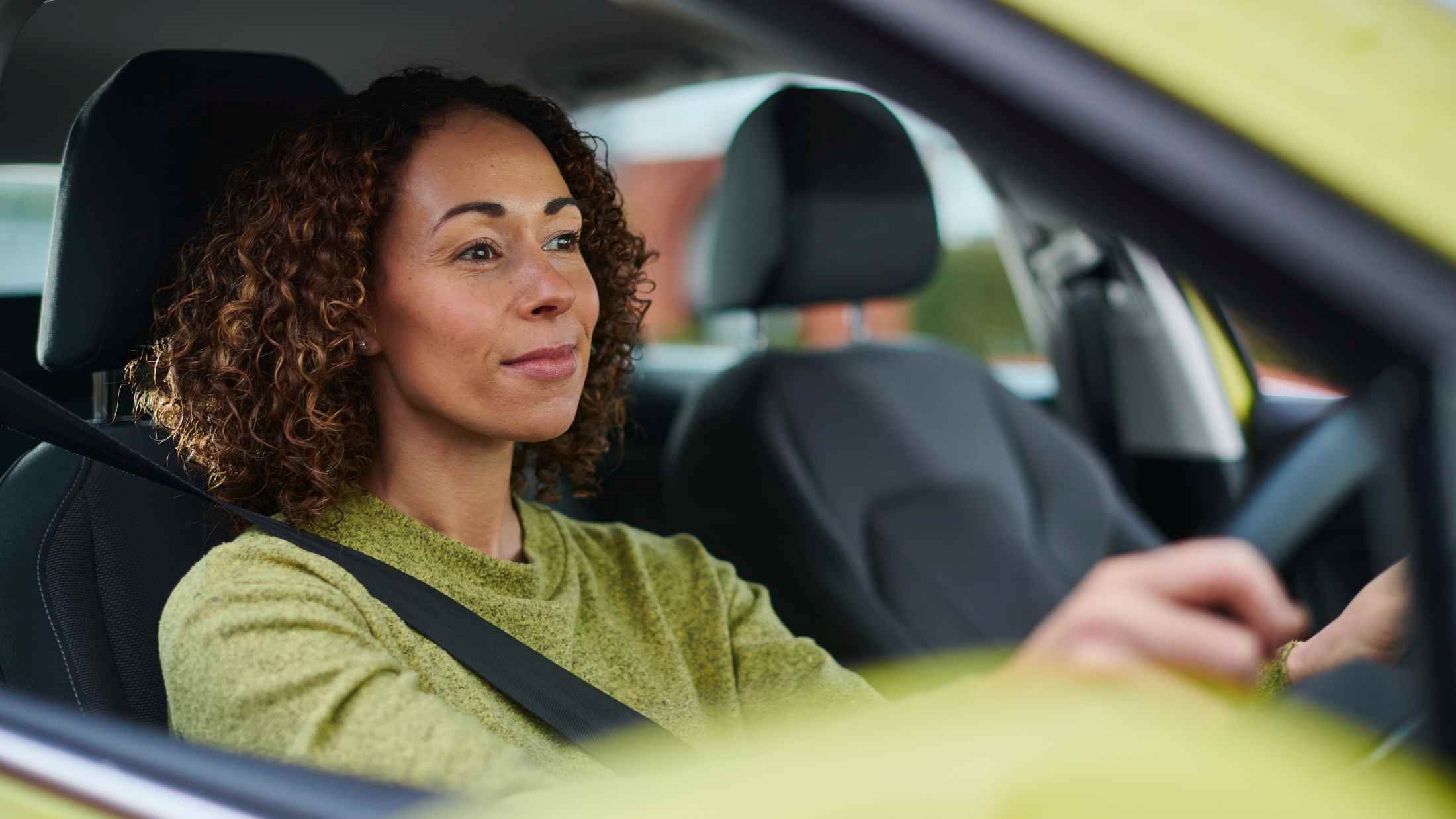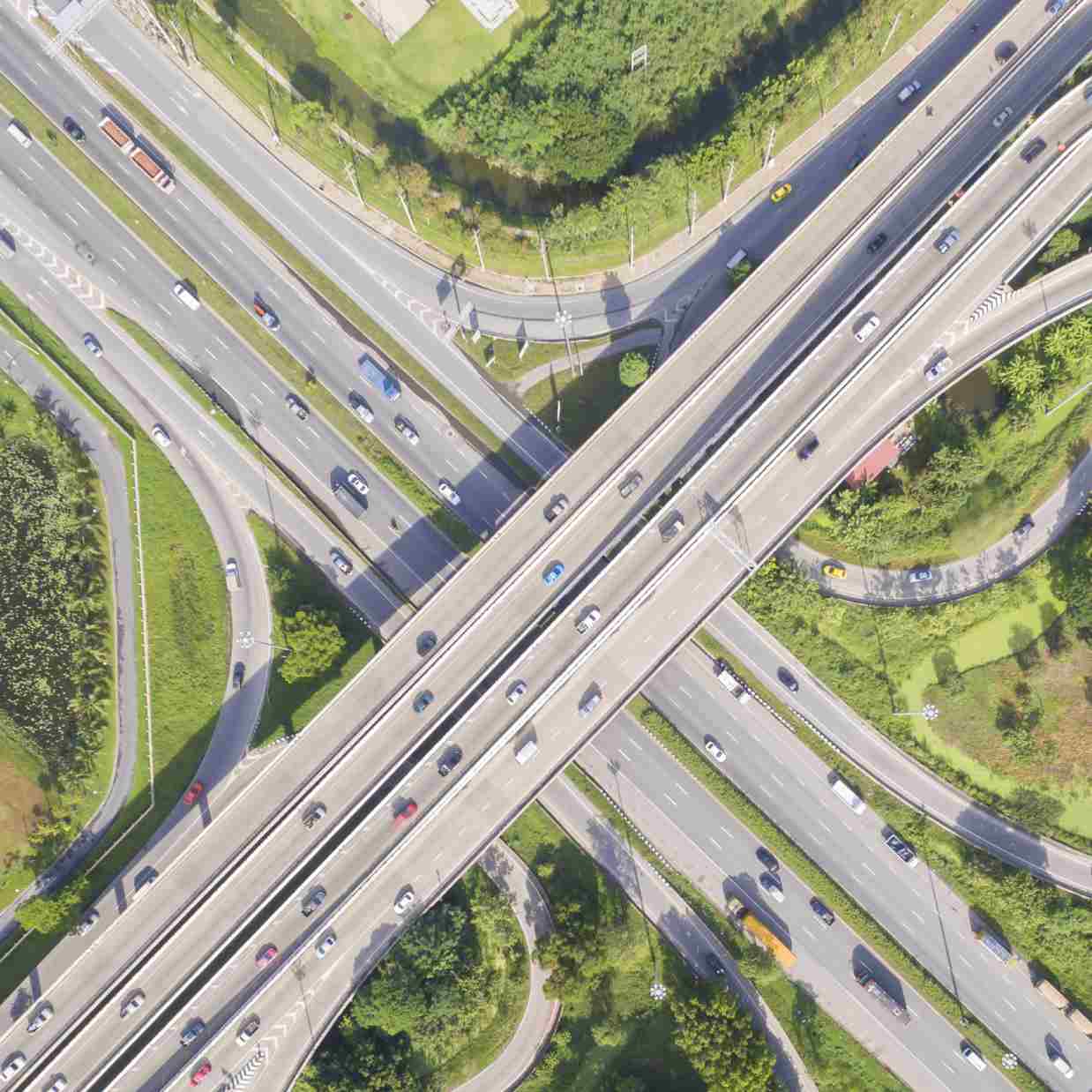We’re hugely excited by the potential benefits of a future with driverless cars.
Safer roads are the principal goal. It’s been estimated that the shift to autonomous vehicles could bring about a 93% reduction in accidents by 2040. And since road accidents are the leading cause of death among those aged 15-29, many thousands of lives are likely to be saved.
In addition, driverless cars will make it easier for the elderly and disabled to get around, enabling them to lead independent lives for longer People who cannot drive – whether they are too young or have simply never learned – will enjoy greater mobility and independence.
Traffic will move faster, parking will become easier, and data will be used to suggest routes and offer personalised recommendations.
And let’s not forget the financial benefits, since fewer accidents will mean lower premiums. Morgan Stanley has estimated overall global financial savings at £3.7 trillion – these savings coming not just from a reduced number of accidents, but productivity improvements and lower fuel costs. All of which will have a positive impact by bringing insurance premiums down.

Intensely involved
We saw the potential of this technology in 2014, recognising how these vehicles could make life better and safer for so many people. That’s why we decided to play key part in enabling this technology to reach our roads.
In only a couple of years, the concept of driverless cars has moved from sci-fi to reality, with the Government aiming to have them on the roads by 2021. We are proud to have worked with five separate projects in the UK, as helped the Government shape a brand new law that creates the foundations for to what car insurance will look like in the future.
We’ve come a long way in a short space of time but there is more to do. A wide range of complex questions still need to be explored and we are eager to keep developing answers.
As we unlock the possibilities of this exciting technology, law and insurance should be clear in accountability and risk allocation.
Handover and Liability
One of the projects we’ve been involved with is VENTURER, which looks at the technology that enables autonomous vehicles and the way users respond to it, especially the handover phase between vehicle and human.
We work closely with the Bristol Robotics Laboratory (BRL) – a partnership between the University of the West of England and the University of Bristol – on the project. Tony Pipe, Professor of Robotics and Autonomous Systems at BRL, explains that while the technology was a crucial part of the project “the main measurable objectives of the project are actually user acceptability, effects on insurability and legality, and AXA are clearly very involved in the last two of those.”
As the following film explains, there are tricky questions to tackle regarding liability and responsibility, particularly when there are different levels of vehicle autonomy to take account of. Levels on the SAE scale of autonomy range from 0 (where the car does nothing by itself) to 5 (where there is no human input at all).
To put this all into context, the new law for driverless vehicles will only come into force once we reach Level 4. Anything other than that means that the driver is responsible – just as they are now with features such as park assist.
At this level, the driver can choose between manual and automated modes – and when a button is pressed to put the car into automated mode, responsibility to do the right thing clearly shifts elsewhere.
At Level 4, responsibility passes from the person who's still sitting in the vehicle to somebody else, possibly the car manufacturer, the vehicle manufacturer, the insurance company, the legal system itself. What will be important, in terms of this technology advance being a success, is making that shift look as seamless as possible, for the purchaser and owner of the vehicle, or the person who's in the vehicle experiencing it.
Why not read our report on the handover period and what this means for insurance.
Data and cyber security
Another project we work on, FLOURISH, focuses on the next steps. A vehicle driving itself is one thing, but what happens when they begin to communicate with other vehicles or the infrastructure around them? Connected and Autonomous Vehicles (CAVs) will mean that we need to consider new areas such as cyber security and data protection that will be crucial to making the most of this new eco-system.
Reduced congestion, fewer accidents and better mobility will only become a reality if users trust us with their personal data.
We work closely with law firm Burges Salmon on this project to produce reports on the cyber security implications of CAVs and how data will become the ‘new fuel’ of this technology.
The amount of data created, shared and stored within the eco-system for these vehicles will be huge. We can split the data into four types:
- Personal data – Collision data, safety data, user habits and geolocation data
- Special category data – any personal information disclosed e.g. health conditions
- Commercially sensitive data – technological information, such as intellectual property
- Non-sensitive data – traffic information and vehicle information
A number of parties will be able to, and need to, access different parts of this data as shown in the diagram below. For example, in the event of an accident, insurers might need access some data which is controlled by the manufacturer, the driver or the traffic system.

Data collection is the cornerstone of the operation of CAVs and ensuring that that data collected is useable is critical. The data collected can improve the safety and ability of CAVs, improve traffic flow and provide serviMobility
On the Capri project we are looking at how Pods (pictured below) can move between pedestrian and road environments, which would allow seamless transitions to business parks, large shopping centres and other areas which currently pose issues for those who can’t drive and would need to take several different forms of transport to reach.
This increased mobility and independence for people who are unable to drive or struggle with current modes of public transport is one of the main benefits of CAVs and also one of tces back to users. However, the use of this data will inevitably raise the issue of data protection and protection of privacy. An appropriate balance between these sometimes competing considerations will need to be found so that the UK can appropriately exploit the potential opportunities in the use of this data and the CAV market.
Check out our VENTURER insurance and legal report.
As we develop the legal framework for CAVs, cyber-security is a priority.
Mobility
On the Capri project we are looking at how Pods (pictured below) can move between pedestrian and road environments, which would allow seamless transitions to business parks, large shopping centres and other areas which currently pose issues for those who can’t drive and would need to take several different forms of transport to reach.
This increased mobility and independence for people who are unable to drive or struggle with current modes of public transport is one of the main benefits of CAVs and also one of the main reasons why AXA is supportive of driverless cars.

We are also looking at how older people – one of the groups who have a higher level of mobility issues – perceive CAVs and what benefits it can bring to their lives through work on the FLOURISH project with Age UK an important part of the consortium
CAVs will help to avoid the social disengagement and loneliness that come from reduced mobility in older age






